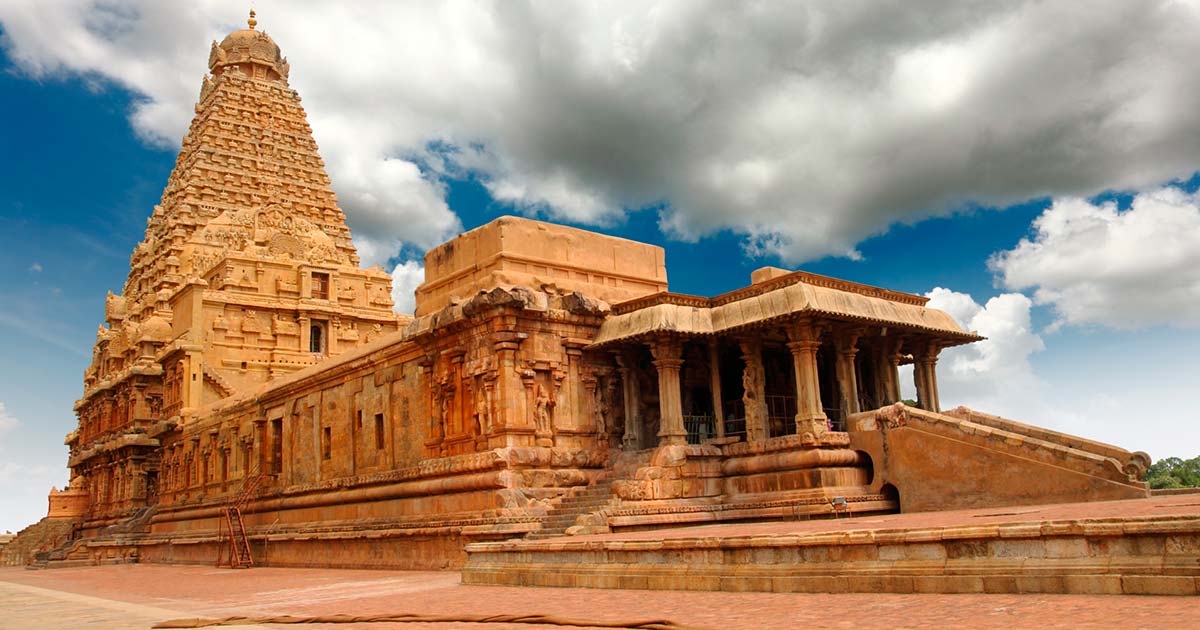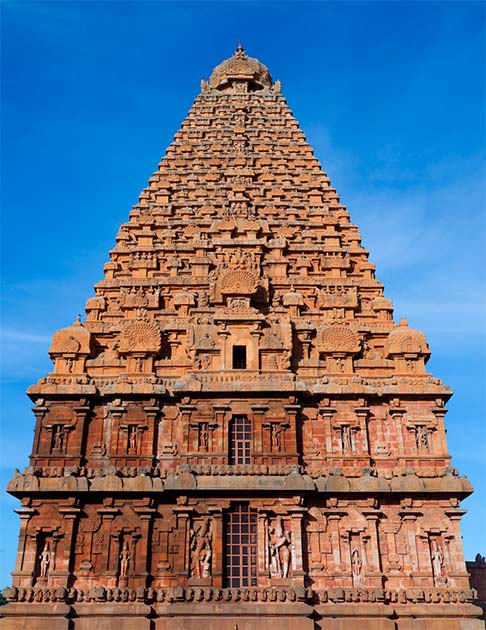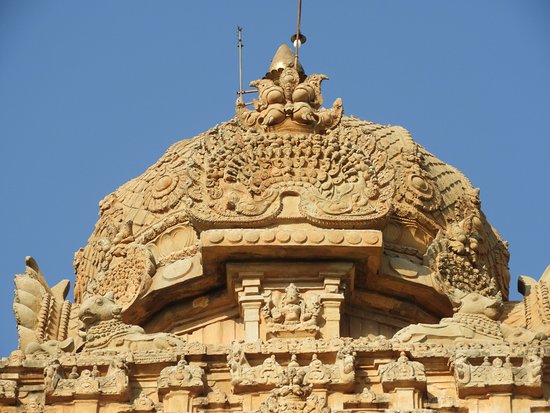The Mysterious Brihadeeswarar Temple in India Is Not Shadowed

India’s history boasts numerous architectural masterpieces. Among them is the Brihadeeswarar Temple in Tamil Nadu, known for a very unique feature: its shadow seems to completely vanish at noon!
An Engineering Feat from the Chola Dynasty
Constructed during the reign of the Chola dynasty in 1010 AD by King Raja Raja Chola I, the Brihadeeswarar Temple, also known as the Big Temple, is an architectural marvel. With its vimana (temple tower) standing tall at about 216 feet, it’s surprising that such a towering structure doesn’t cast a shadow onto the ground at noon. Instead, the temple, built using a single piece of granite weighing around 80 tons, is designed in such a manner that its shadow is cast on itself, making it seem as though it disappears entirely.
The temple’s architectural precision is evident in its layout, which aligns perfectly with the cardinal directions. Every component of the temple, from its entrances to the sanctum, is meticulously planned and positioned.

Lord shiva Temple is known as Brihadeeswara temple in Thanjavur, Tamil Nadu – India. (V.R.Murralinath / Adobe Stock)
Symbolism and Speculation

The phenomenon of the disappearing shadow isn’t just an architectural curiosity; it carries profound symbolic significance. In Hindu philosophy, shadows often represent the temporary, illusionary nature of the world, and their fleeting presence symbolizes the transience of life. By engineering a temple that ‘loses’ its shadow at noon, the Chola architects might have been trying to convey the idea of transcending the ephemeral world and moving towards the eternal divine light.

While the exact reasoning behind the temple’s unique design remains speculative, the temple continues to attract historians, architects, and spiritual seekers eager to understand and experience its mystery. Some researchers have postulated that this design could have been an astronomical tool to mark the equinoxes, given the ancient Indian expertise in astronomy. Others believe it might have been a deliberate statement of power and prestige by the Chola dynasty, showcasing their mastery over art, architecture, and science.